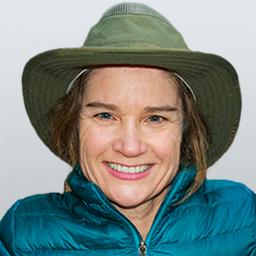If you long to escape your surroundings, enter another world, and observe strange little creatures, the Fitzgerald Marine Reserve in San Mateo County, California, can’t be beat.
Recently, I proposed an early morning day trip to the tide pools, and to my joy, my teenagers consented to go along. You have to go when the tide is low—one foot or less. This leaves about an hour on either end of the optimal time to explore the pools and view the tiny creatures within.





